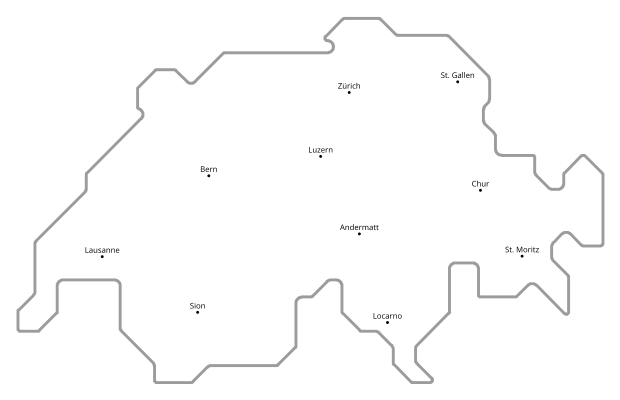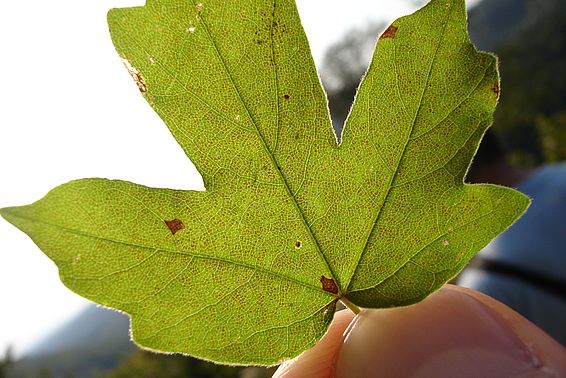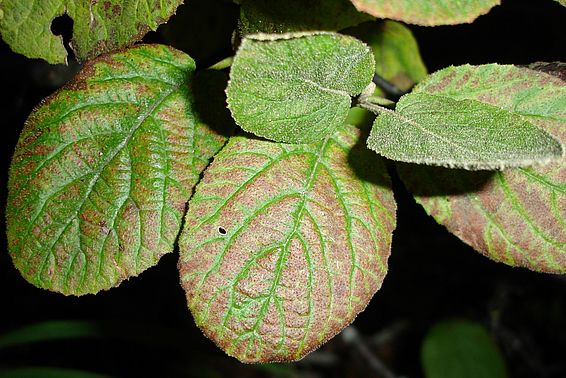18.12.2018 | News WSL
Forests in Europe still suffer from excessively high ozone levels. This pollutant can form even in remote areas because precursors responsible for its formation are transported over long distances. The good news is that ozone concentrations are declining slowly but steadily across Europe. Forest researchers at the Swiss Federal Institute for Forest, Snow and Landscape Research (WSL) report on the latest trends.
ICP Forests is a European-wide network of forest sites to study the effects of air pollutants on forests. Scientists have been measuring ozone concentrations since 2000 on 233 research sites in 18 countries and have observed a small but statistically significant decrease of mean summer concentrations. Southern Switzerland, however, remains one of the regions with the highest ozone levels in Europe; areas in Northern Europe are less affected.
The aggressive pollutant causes visible symptoms on leaves and needles on many sites of the ICP Forests monitoring network. The symptom development depends on the species and how well the trees are supplied with water, light and nutrients. Ozone may affect tree growth and water metabolism, and contributes to degradation of forests and their important services: these include provision of clean air and groundwater, timber for construction and energy, protection against natural hazards and of biodiversity.
WSL researchers summarize these results in ICP Forests Brief No. 3. Their key messages are:
- Ozone is a gaseous air pollutant present in remote areas – due to long-distance transport of airborne pollutants – at levels causing visible symptoms in plants.
- Despite a significant reduction, ozone levels at ICP Forests sites still exceed the threshold value above which adverse effects can occur.
- Ozone-induced foliar symptoms have been observed on woody plant species all across Europe.
- Further observational and long-term monitoring studies are needed to better quantify dose-response relationships and a potential impact on forest growth.
The ICP Forests (International Co-operative Programme on Assessment and Monitoring of Air Pollution Effects on Forests) is a European network for long-term research on the effects of air pollution on forests. It operates within the framework of the UN Convention on Long-range Transboundary Air Pollution (CLRTAP). Launched in 1985, ICP Forests monitors the condition of forests on ca. 6’000 observation plots (Level I) and 800 instrumented sites (Level II) in 42 countries in the UNECE region.
[Translate to Englisch:] Kontakt
(Kopie 5)
Copyright
WSL and SLF provide the artwork for imaging of press articles relating to this media release for free. Transferring and saving the images in image databases and saving of images by third parties is not allowed.
Links and documents
Download ICP Forests Brief No. 3 and further information.
The brief was produced by Marcus Schaub, Matthias Häni and Marco Ferretti (chair of ICP Forests) from WSL in collaboration with Vicente Calatayud (Spain) and Elena Gottardini (Italy).


